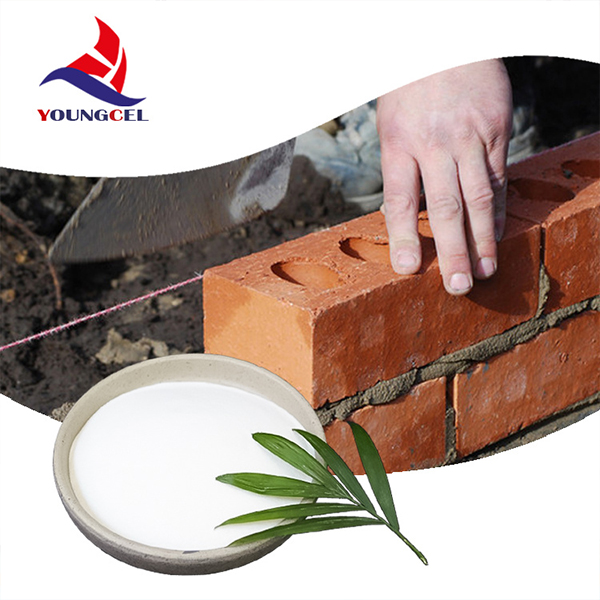Carboxymethyl Cellulose An Essential Bio-Polymer Explored
Carboxymethyl cellulose (CMC) is a derivative of cellulose, a natural polymer that is abundant in the cell walls of plants. As a non-toxic, biodegradable polymer, CMC plays a significant role in various industries due to its unique properties such as thickening, emulsifying, and stabilizing abilities. This article will explore the structure, production, properties, applications, and future potential of carboxymethyl cellulose.
Structure and Production
Carboxymethyl cellulose is produced by the carboxymethylation of cellulose, which involves the treatment of cellulose with sodium monochloroacetate in the presence of an alkaline medium. During this process, hydroxymethyl groups in the cellulose chain are replaced by carboxymethyl groups, resulting in a product that is more water-soluble and functional for various applications. The degree of substitution of the cellulose chains affects the properties and suitability of CMC for specific purposes, influencing viscosity, solubility, and gel formation.
Properties of CMC
CMC is characterized by its high viscosity and excellent solubility in water, making it ideal for use as a thickening agent. It is a white, odorless powder that is stable over a wide pH range. One of the most notable features of CMC is its ability to form gels or viscous solutions, which can be modified by altering the concentration. The rheological properties of CMC also mean that it can be tailored to meet the specific needs of various formulations. It has low toxicity, making it safe for use in food, pharmaceuticals, and cosmetics.
Applications in Various Industries
The versatility of carboxymethyl cellulose has led to its widespread use across multiple industries
. One of the key sectors utilizing CMC is the food industry, where it serves as a thickening agent, stabilizer, and emulsifier. It is commonly used in ice creams, sauces, and dressings to improve texture and prevent ingredient separation.carboxymethyl cellulose

In the pharmaceutical industry, CMC plays a crucial role as a binder in tablet formulations and as a disintegrant, enhancing the dissolution of drugs. Moreover, its gel-forming properties make it an excellent candidate for use in controlled drug-release systems, improving the efficiency of therapeutic agents.
The cosmetic industry also benefits from CMC, which is utilized in formulations such as creams, lotions, and gels. Its ability to enhance the texture and stability of products ensures a pleasant user experience while providing essential moisturizing effects.
In the paper and textile industries, CMC serves as a sizing agent and a thickener for coatings, providing improved adhesion and durability to products. Its use in oil drilling and mining operations as a viscosity modifier is also noteworthy, as it aids in the efficient extraction of resources.
Future Potential and Sustainability
As the demand for sustainable and eco-friendly materials continues to rise, carboxymethyl cellulose stands out as a promising candidate. Being derived from renewable resources, CMC can be produced sustainably, offering an alternative to synthetic polymers that may pose environmental challenges. Research is ongoing to expand its applications in biomedicine, including tissue engineering and drug delivery systems, capitalizing on its biocompatibility and low toxicity.
Furthermore, advancements in technology may enable the development of new grades of CMC with tailored properties aimed at specific industrial needs. The exploration of CMC in biodegradable packaging is also gaining traction, aligning with global efforts to reduce plastic waste.
Conclusion
Carboxymethyl cellulose is a remarkable bio-polymer with diverse applications across food, pharmaceuticals, cosmetics, and more. Its excellent thickening, emulsifying, and stabilizing properties, coupled with its safe profile, make it indispensable in various formulations. As industries seek sustainable solutions, CMC’s renewable nature positions it at the forefront of innovation, ensuring its relevance in future market trends. With ongoing research and development, the full potential of carboxymethyl cellulose is likely to be realized, offering exciting possibilities for a sustainable and health-conscious future.
-
Rdp Powder: Key Considerations for Wholesalers in the Building Materials IndustryNewsJul.08,2025
-
Key Considerations for Wholesalers: Navigating the World of Hpmc - Based ProductsNewsJul.08,2025
-
Hpmc Detergent: Key Considerations for WholesalersNewsJul.08,2025
-
Key Considerations for Wholesalers: China Hpmc For Tile Adhesive, Coating Additives, Concrete Additives, and MoreNewsJul.08,2025
-
Crucial Considerations for Wholesalers: Navigating the World of Construction MaterialsNewsJul.08,2025
-
Key Considerations for Wholesalers Sourcing Additive For Cement, Additive For Concrete, Additive For Putty from Additive Manufacturer Shijiazhuang Gaocheng District Yongfeng Cellulose Co., Ltd.NewsJul.08,2025




